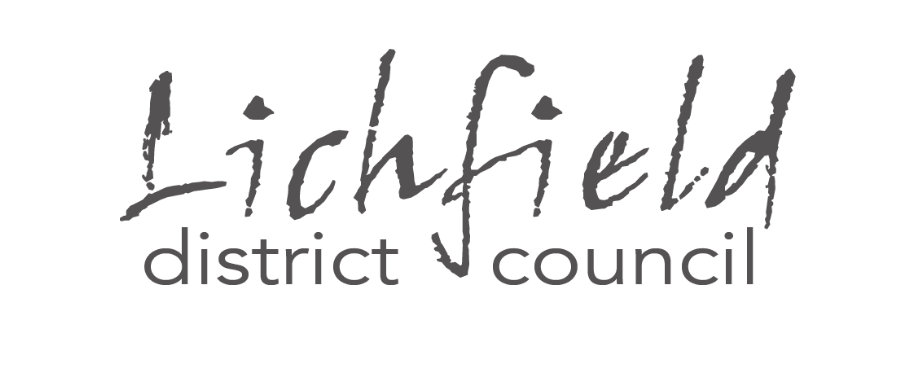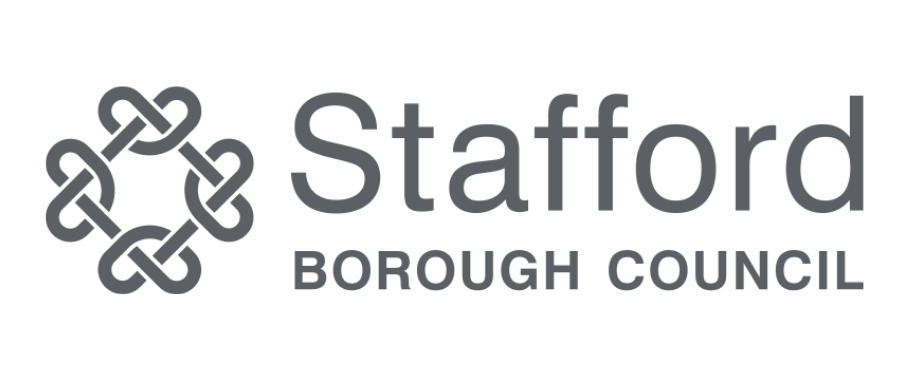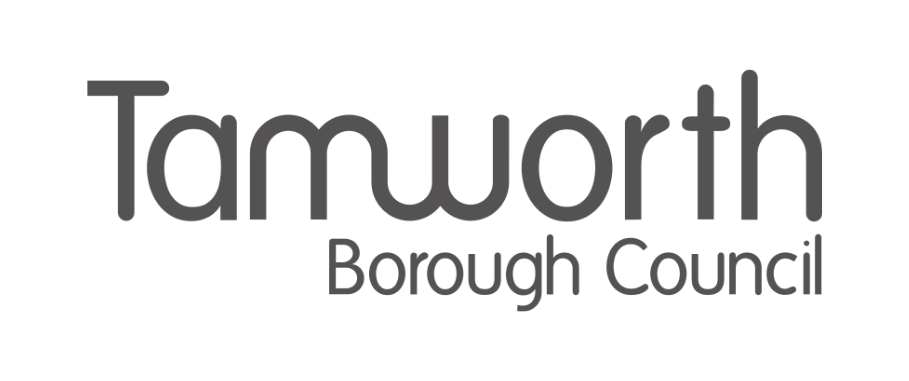European Union Funding

The European Structural and Investment Funds programme provides funds to help local areas grow. The funds support investment in innovation, businesses, skills and employment and create jobs. The total notional ESIF allocation for the Stoke-on-Trent and Staffordshire geography was £170m.
Running from 2014 to 2020, and delivering funding until the end of 2023, there are 3 types of funds involved in the programme:
- European Regional Development Fund (ERDF)
- European Social Fund (ESF)
- European Agricultural Fund for Rural Development (EAFRD)
European Regional Development Fund (ERDF)
ERDF forms the largest element of the programme with £90m of EU funds available over the life of the programme across the LEP geography focused on supporting research and innovation, small to medium sized enterprises and creation of a low carbon economy.
This is managed through a National Programme which guides on eligibility and project management to ensure the successful delivery of the programme. Under ERDF there were a number of “Themes” which the funding can support. At the outset of the ERDF programme the total SSLEP allocation was split and fixed into six themes.
The ERDF Programme underwent a final round of calls for projects in the Autumn of 2019, this led to the LEP being able to allocate a total of £82.88m (91.2%) to Stoke-on-Trent and Staffordshire
Projects, with the residual amount being returned to a National Reserve Fund. From this the SSLEP’s Growth Hub received £2.1m to aid business recovery.
European Social Fund (ESF)
The SSLEP’s European Social Fund Programme was launched back in 2015 and focuses on supporting employment and skills programmes as well as promoting economic, equality and social cohesion.
This was built primarily on a co-financing model. With limited local public sector resource for employment and skills activity it was decided early in the programme that the offers of the requisite 40% match funding from national organisations would be seized.
The Department of Work and Pensions, The Education and Skills Funding Agency along with The National Lottery (formally the Big Lottery) all offered to provide the match funding both to maximise their own investment value and the broaden out their scope in terms of activity.
The LEP then assisted in developing the specifications and also the monitoring of performance through tripartite meetings. Although this proved to be “testing” initially, projects have now been in delivery for 4 years with extensions confirmed for the ESFA and National Lottery projects until 2023. The programme did enable a Redundancy Task Force to be established early and in response to the pandemic with the aim of mitigation job losses across the LEP.
European Agricultural Fund for Rural Development (EAFRD)
The European Agricultural Fund for Rural Development (EAFRD) is aimed at improving competitiveness in the agriculture and forestry sector, safeguarding and enhancing the rural environment and fostering competitive and sustainable rural businesses and thriving rural communities.
In Stoke-on-Trent and Staffordshire, this received £3.2m which is largely committed and is supplemented by the LEADER programme (£1.9m) providing direct support to rural businesses across farming, tourism, forestry and food and drink sectors.
Through rounds 1 and 2 of EAFRD, 8 projects have been contracted across Staffordshire’s rural areas with a value of £2.7m. Round 3, which closed in February 2020, differed from Round 1 and 2 as it is a national funding pot rather than a local allocation, and it is likely that the SSLEP area allocation will be exceeded.
The LEADER programme has supported 60 Staffordshire projects and has fully allocated £1.9m creating over 86 jobs and attracting £3.6m in private sector investment.
ESIF Governance
In terms of governance the UK Government utilised the LEP infrastructure to assist in the delivery of the European Structural Investment Fund (ESIF) programme.
This primarily consisted of directing investment, from applications into the fund, ensuring that they were in-line with the LEP’s strategic direction. This role was performed via a specifically created ESIF Committee chaired by a LEP Board Member and serviced by the relevant Government department.
Beyond the allocation of the funds, the role of the Committee would have developed into an oversight role, monitoring the delivery of the programme across the geography. However, this transition was impacted by the pandemic, so although the allocation of funds was effectively complete, the pandemic impacted on the role of LEPs and the Committee was never reformed to perform the above role.
In practical terms the contract for delivery lies between the applicant/accountable body and the relevant Government department DLUHC, DWP or DEFRA and so Government have effectively taken on this oversight role and only provide a management information report bi-annually to the respective LEP.























